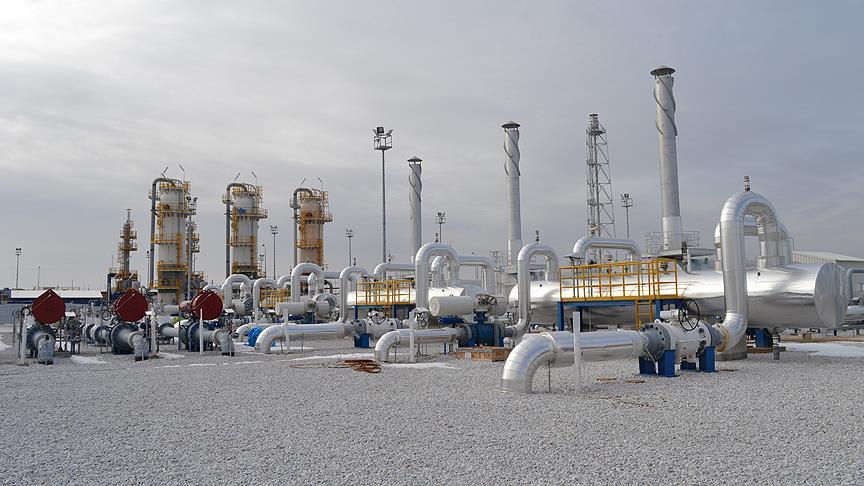The occupancy rate in Europe's natural gas storage facilities fell by 20.5% in the first nine months of this year compared to the same period last year, according to data from Gas Infrastructure Europe.
Occupancy was at 95%, totaling approximately 108 billion cubic meters as of Sept. 30 last year but dropped by 23 billion cubic meters to 85 billion cubic meters, or 74.6% in the January-September period this year, the data showed.
Currently, the country with the most gas in its storage is Italy with 17.6 billion cubic meters followed by Germany with 16.5 billion cubic meters and France with 12.4 billion cubic meters.
Outside the EU, the UK leads with a 100% occupancy rate, containing 1 billion cubic meters of natural gas. Poland follows with a 96.32% rate, equal to 3.5 billion cubic meters of gas in storage.
The countries with the lowest storage occupancy rates are the Netherlands with 14.8%, Austria with 56.8% and Portugal with 59.2%.
These rates represent a dramatic decline from those recorded on Sept. 30 last year when the Netherlands' storage rate was 90.93%, Austria’s rate was 90% while Portugal’s rate was 98.7%.
Ukraine similarly showed a massive drawdown in stocks from a storage rate of 76% in September last year to a fall to 44% this September.
- Why is storage empty?
The increase in energy demand from the extreme heat in the summer months caused more withdrawal of natural gas from storage. This was coupled with a fall in Russian gas supplies to Europe via Ukraine and an electricity production decrease from hydroelectric power plants due to dry weather conditions.
Experts predict that European countries will experience greater problems if the winter this year is colder than expected.
Russia supplies natural gas to Europe through its energy giant, Gazprom, either through long-term contracts or on one-off trading agreements on the spot market.
However, Fatih Birol, head of the International Energy Agency, said in his latest statement that Russia is capable of sending 15% more gas to Europe than the current volumes.
Experts contend that Russia is using the contentious Nord Stream-2 gas pipeline, the construction of which has been completed despite encountering various obstacles and deemed undesirable by many European countries, to gain leverage in Europe, showing its necessity to transmit much-needed gas to Europe.
Turkey currently holds enough gas to cover the needs of the country for more than one month at its storage facilities in two separate areas - the Silivri Underground Natural Gas Storage Facilities and the Salt Lake Underground Natural Gas Storage Facility, which consists of salt caverns.
By Murat Temizer
Anadolu Agency
energy@aa.com.tr


